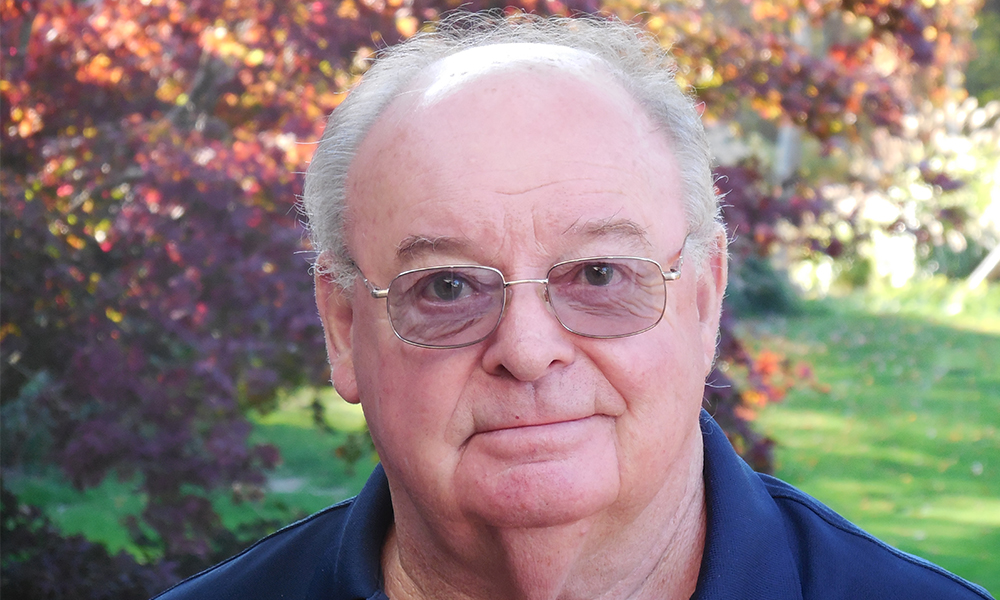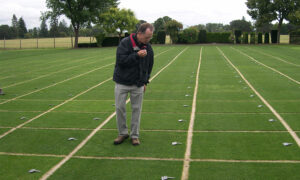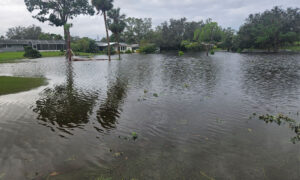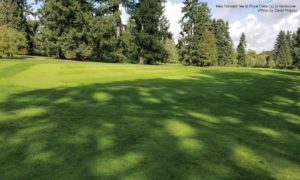This column features recollections of the author’s 35 years as a golf writer. These installments stem from his many travels and experiences, which led to a gradual understanding that the game has many intriguing components, especially its people.
Believe it or not, golf’s heydays did not come amid the recent pandemic, when the outdoors game was one of the few allowable activities and its popularity surged to surprising new levels. During this tough period many people flocked to their local courses and, not surprisingly to us old-timers, are still playing. Golf – along with remote work, home food-delivery services and dog-walking – became one of the few positive aspects of this viral scourge.
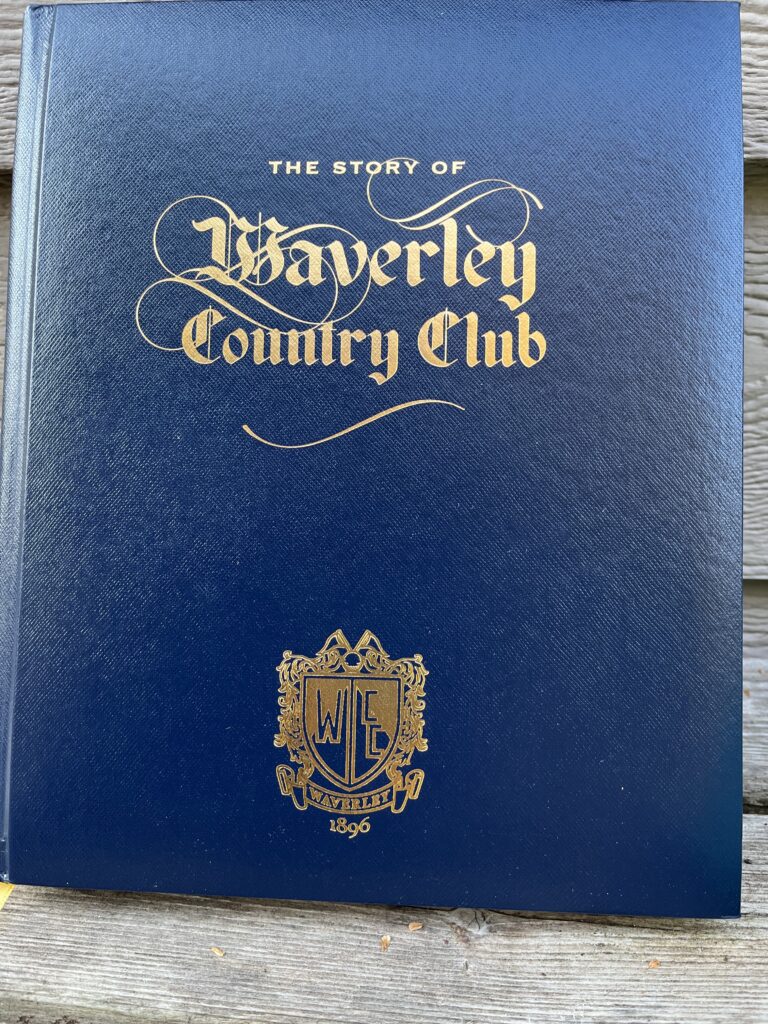
No, the “Golden Age” of golf came in the early 20th century. As noted in my series of articles, “Pioneers of Golf,” 20-year-old Francis Ouimet’s victory at the 1913 U.S. Open in Brookline, Mass, provided a huge boost to a game then considered reserved only for a wealthy few.
At the time of Ouimet’s win, there were an estimated 350,000 American golfers. Ten years later, that number rose to 2 million, fueling the notion that Ouimet – an amateur who lived across the street from The Country Club where he caddied before winning the championship – was the “Father of American Golf.” His victory over the world’s top two players, Harry Vardon and Ted Ray, galvanized America’s excitement about the game.
A boom in course construction also took place to accommodate the influx of new players. The number of courses in the United States grew from fewer than 750 to nearly 6,000 by 1930 (there are now approximately 15,000). This period of heightened interest also led to the establishment of the PGA of America in 1916 and Golf Course Superintendents Association of America in 1926, organizations that helped feed trained personnel into the nascent golf industry’s burgeoning pipeline.
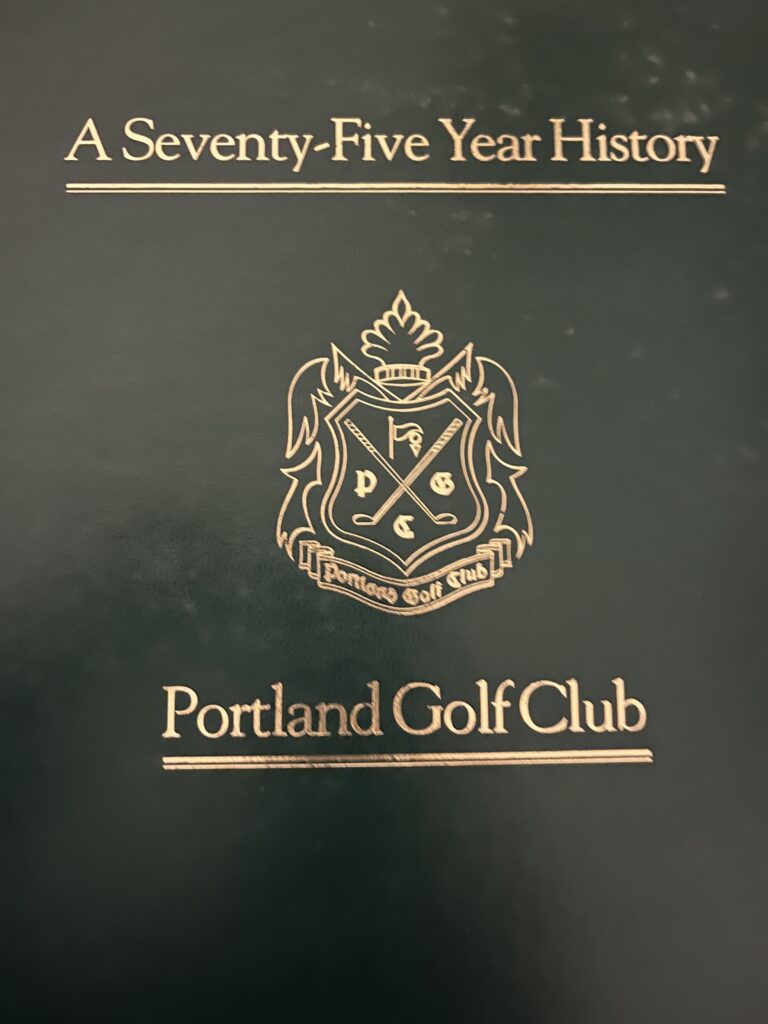
What all this means is that many of these older private clubs – 100 years hence – are celebrating major milestones via special events along with glossy and elaborately illustrated books.
Unfortunately, the same can’t be said for the thousands of public courses which also popped up during the “Golden Age.” Squeezed out by development and rising property values, increased staffing, taxes and insurance costs, and other factors, many daily-fee facilities built in the early 20th century were shuttered and repurposed. Percentagewise, much fewer of these old relics exist than private country clubs.
Among the beneficiaries of these landmark moments are veteran golf writers like me. On my drawing board are three club centennial books due out in 2024, 2025 and 2027. These books are a breath of fresh air. I enjoy them because most of my previous nine titles were business endeavors. In addition to writing, editing, and printing books – this small publisher had to store, market, sell, distribute, ship, and invoice them. There were other unfun tasks that led to folding my company in 2015. But that’s a story for another day, maybe.
Compiling these centennial books is a joy as each club has its own story to tell, with elderly members offering colorful anecdotal embellishments. Also, most of the clubs – because of their formation in the 1920s – endured similar travails: the Great Depression, world wars, governmental landgrabs and fluctuating membership rosters.
Each carved out its own personality owing to the unique composition of its members. For example, one of my upcoming books is about a Seattle-area club founded by Jewish businessmen who weren’t allowed to join local country clubs at the time. In a defiant response, they built their own nine-hole course in south Seattle. After being unable to acquire neighboring property for a second nine, the club moved out of the city to nearby Bellevue and built a full-on 18. By the way, the doors to that facility have always been open for all ethnicities.
My previous column about the alluring aspects of collecting golf books attracted the attention of Melvin Lucas, a longtime superintendent and former GCSAA president who wrote and published the 419-page and massively informative, “Golf Cause and Effect, A History of Greenkeeping.” My book review outlined Lucas’s bona fides as well as his lengthy career and how he became dedicated (obsessed?) in compiling one of the most impressive golf book libraries anywhere.
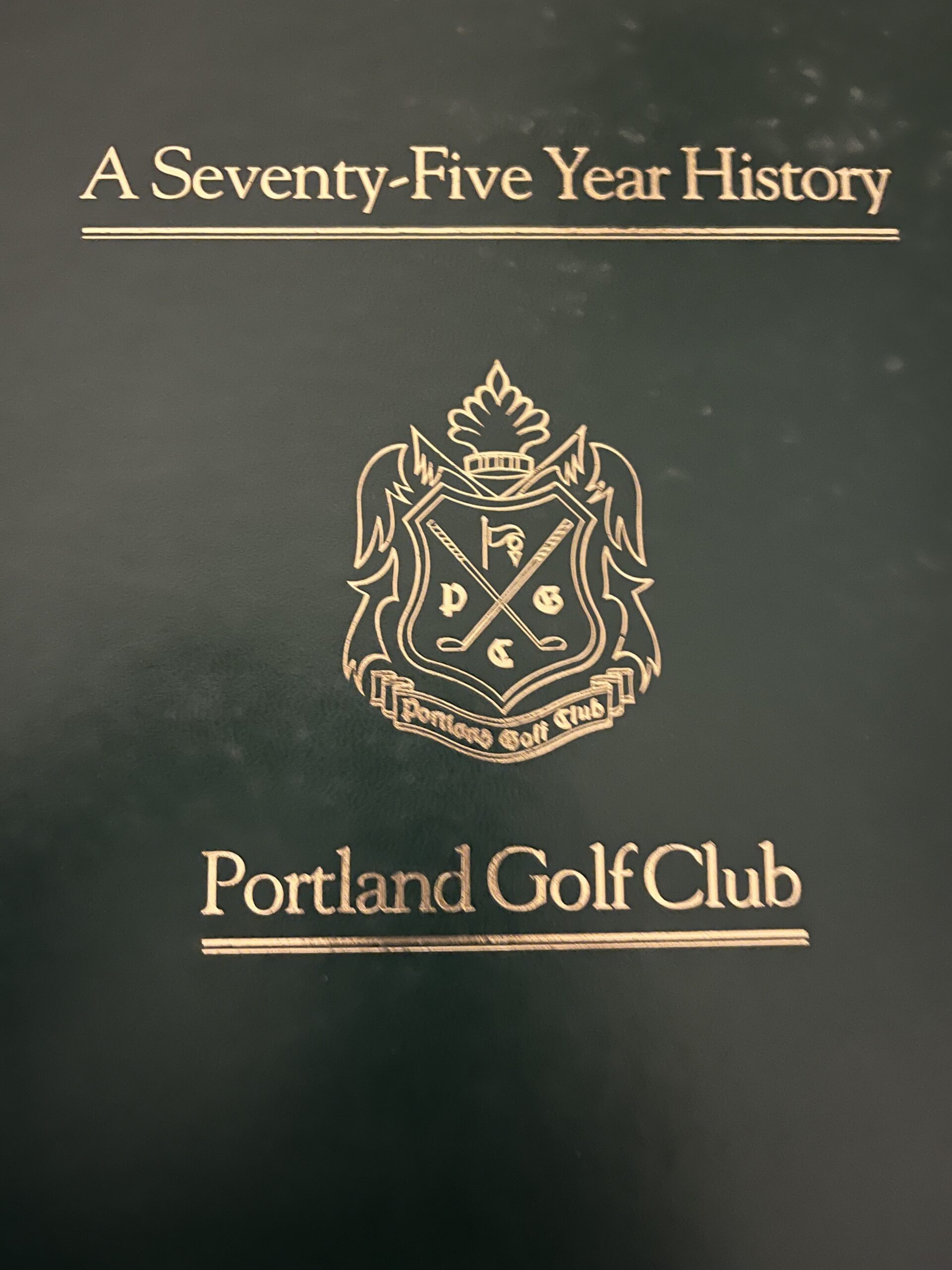
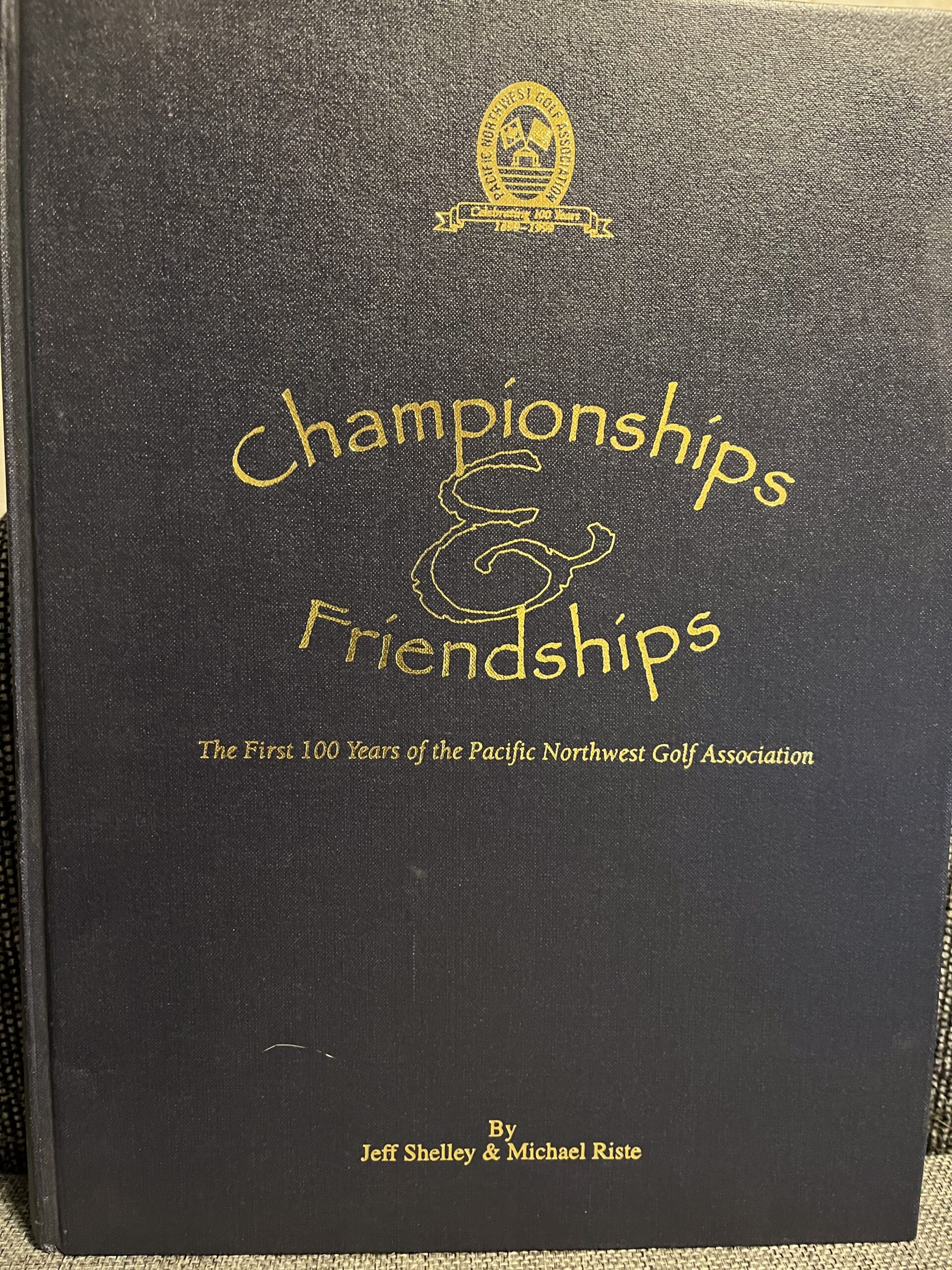
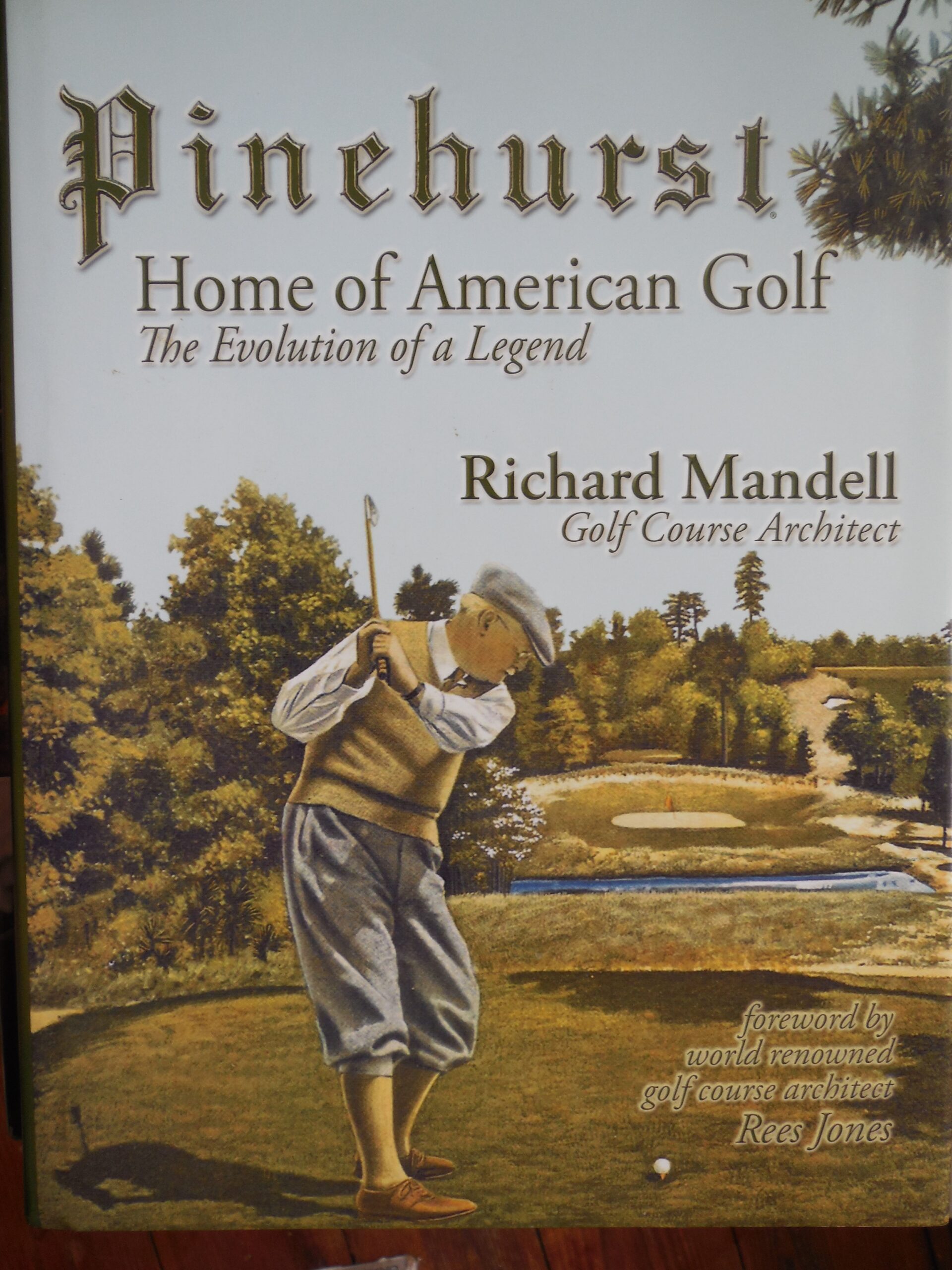
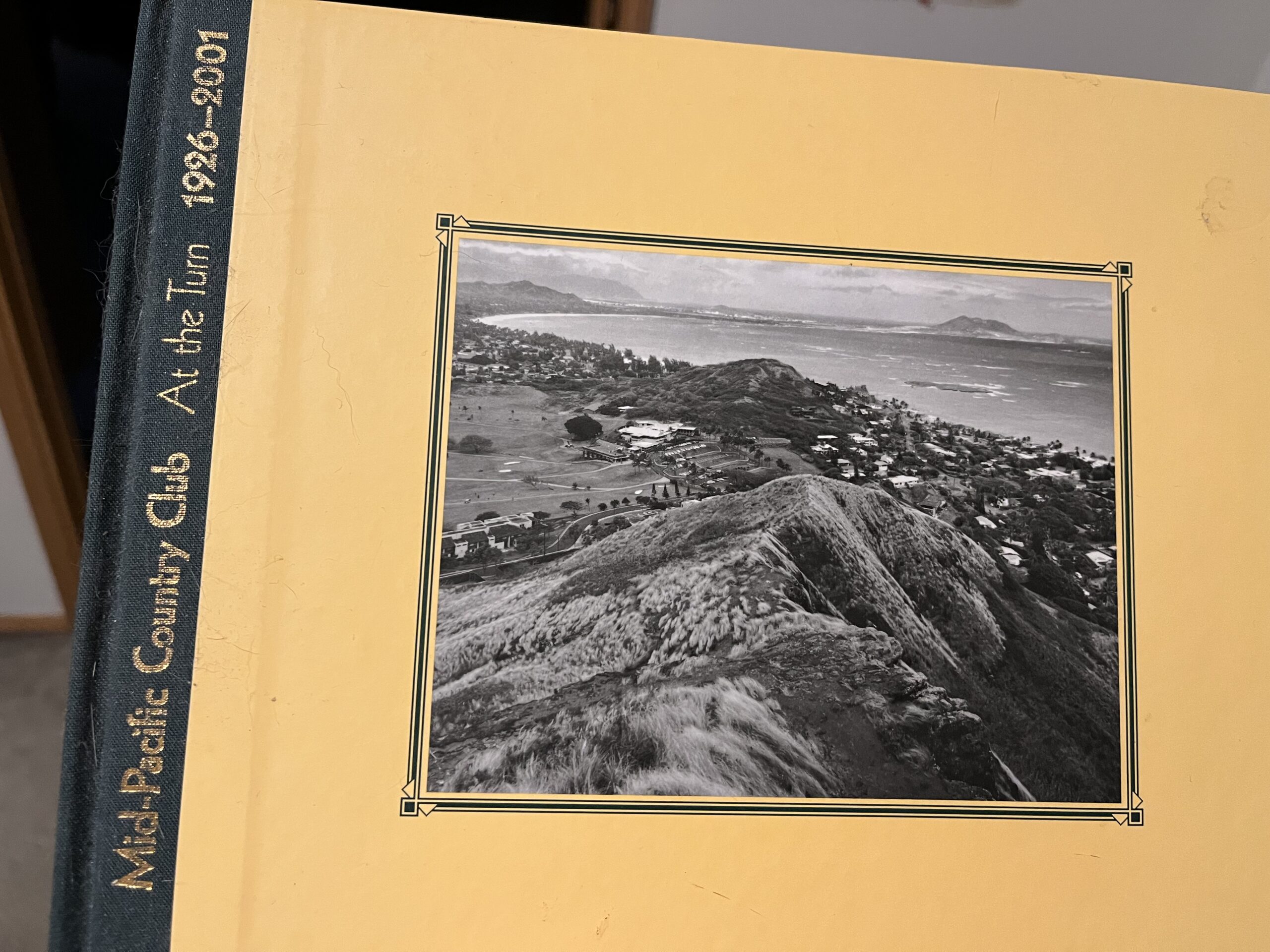
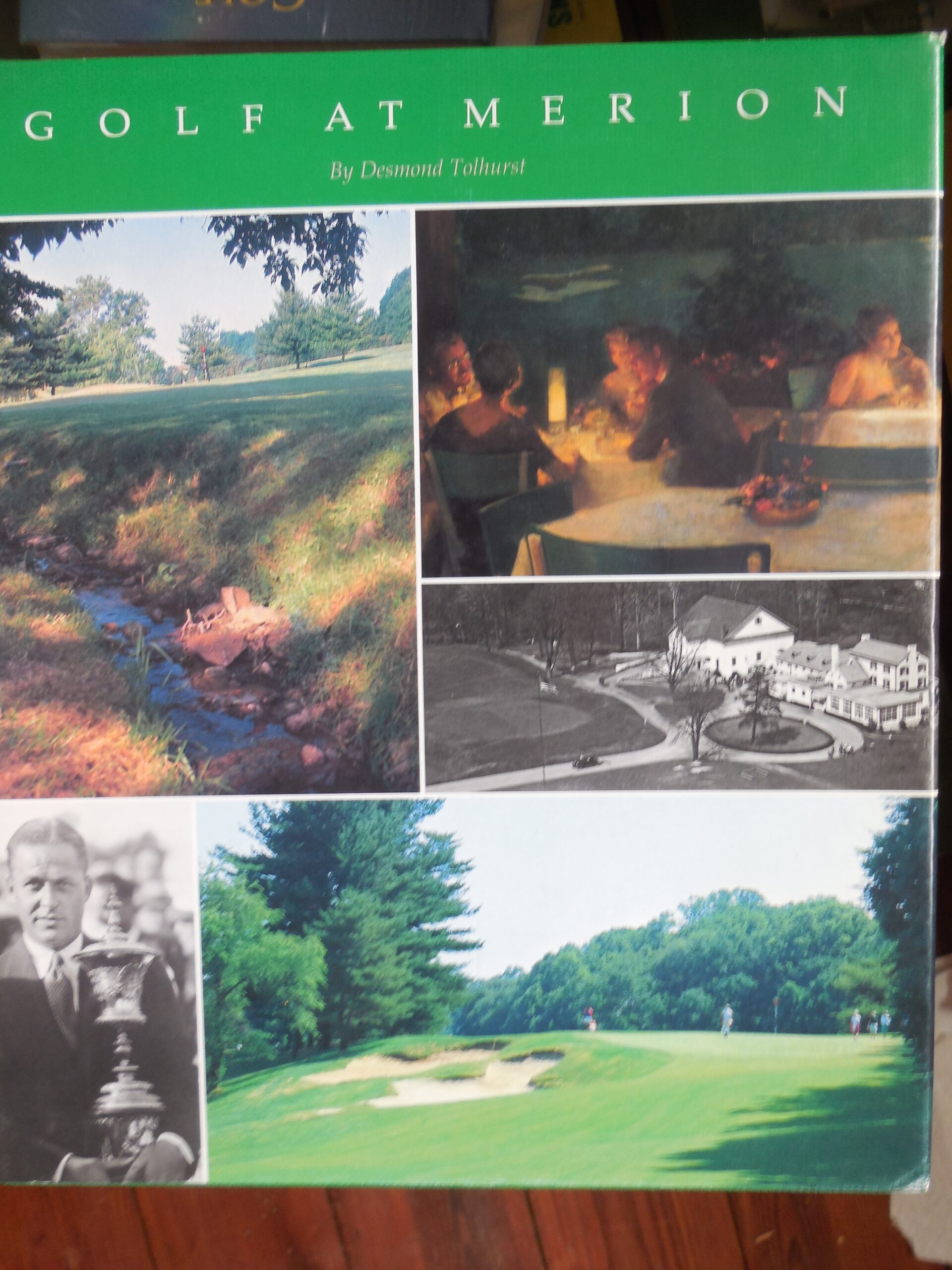
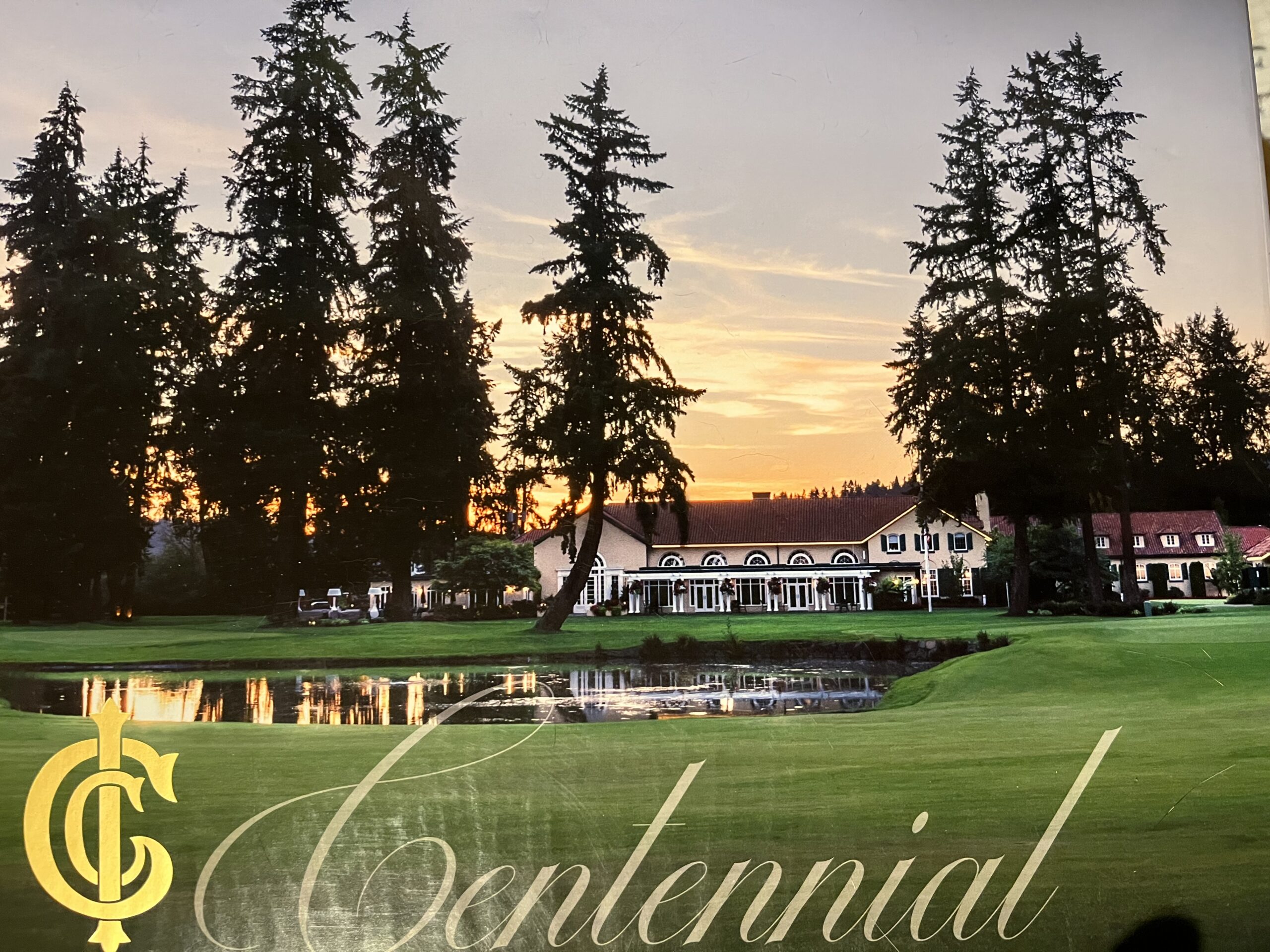
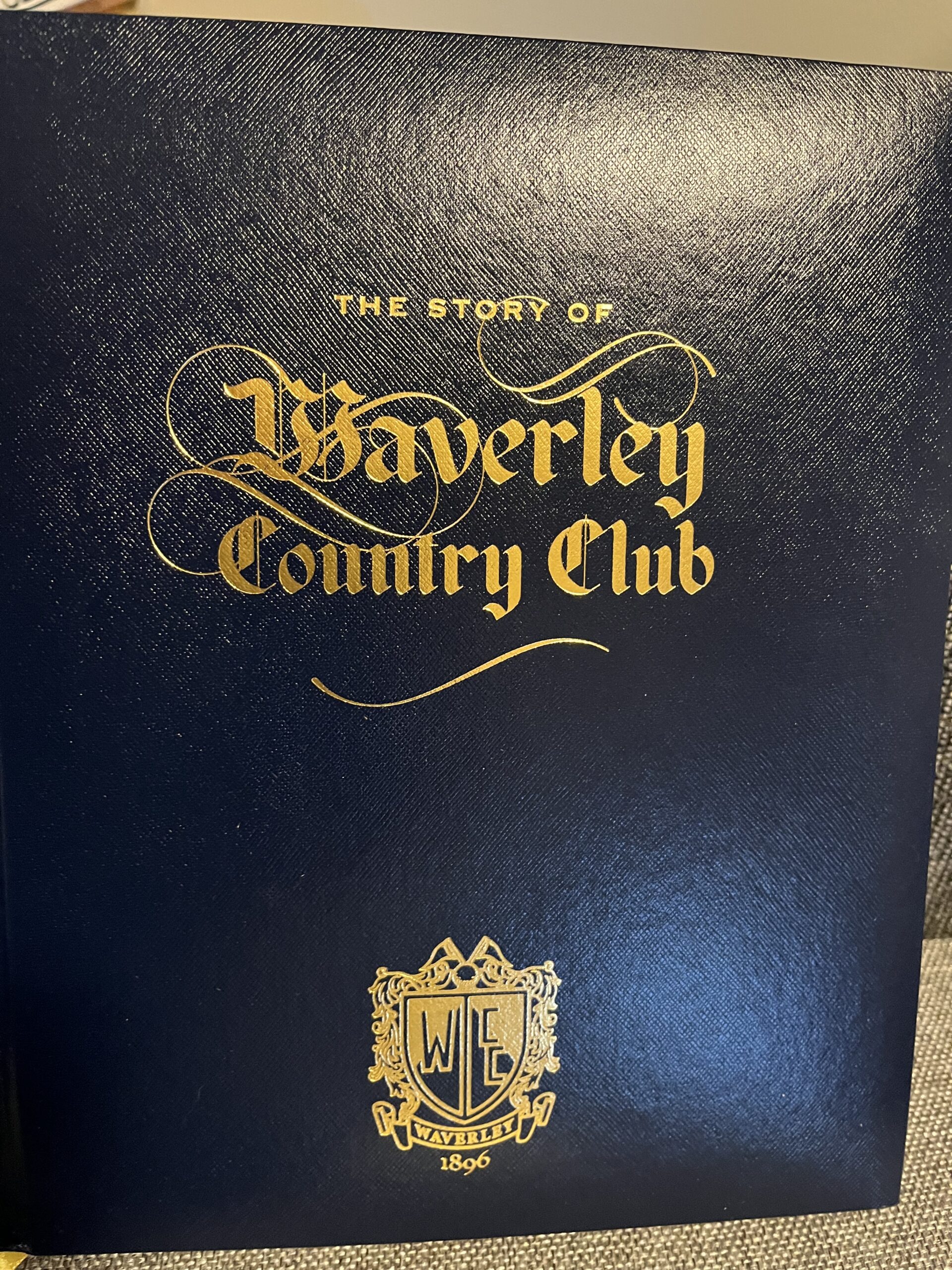
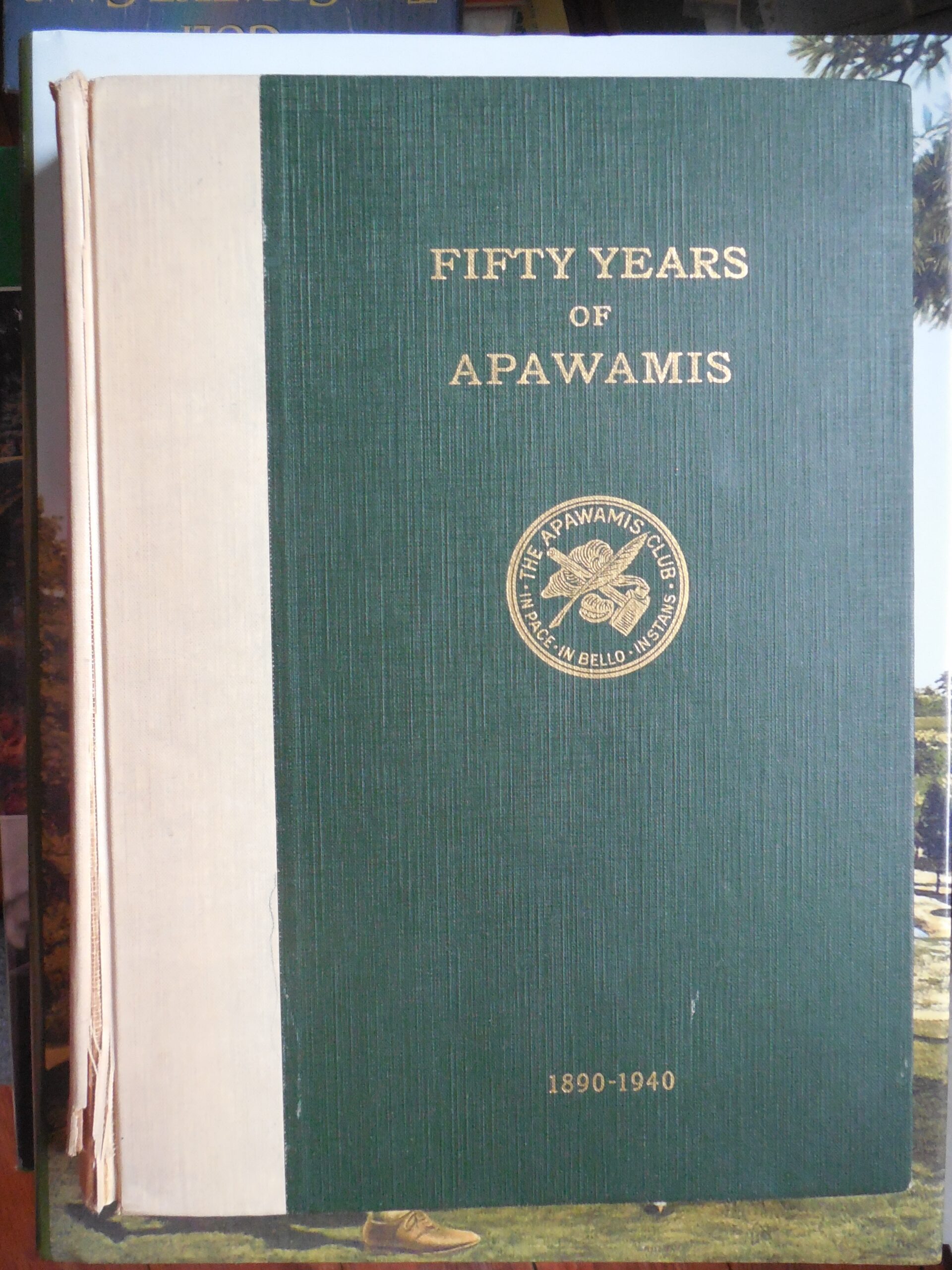
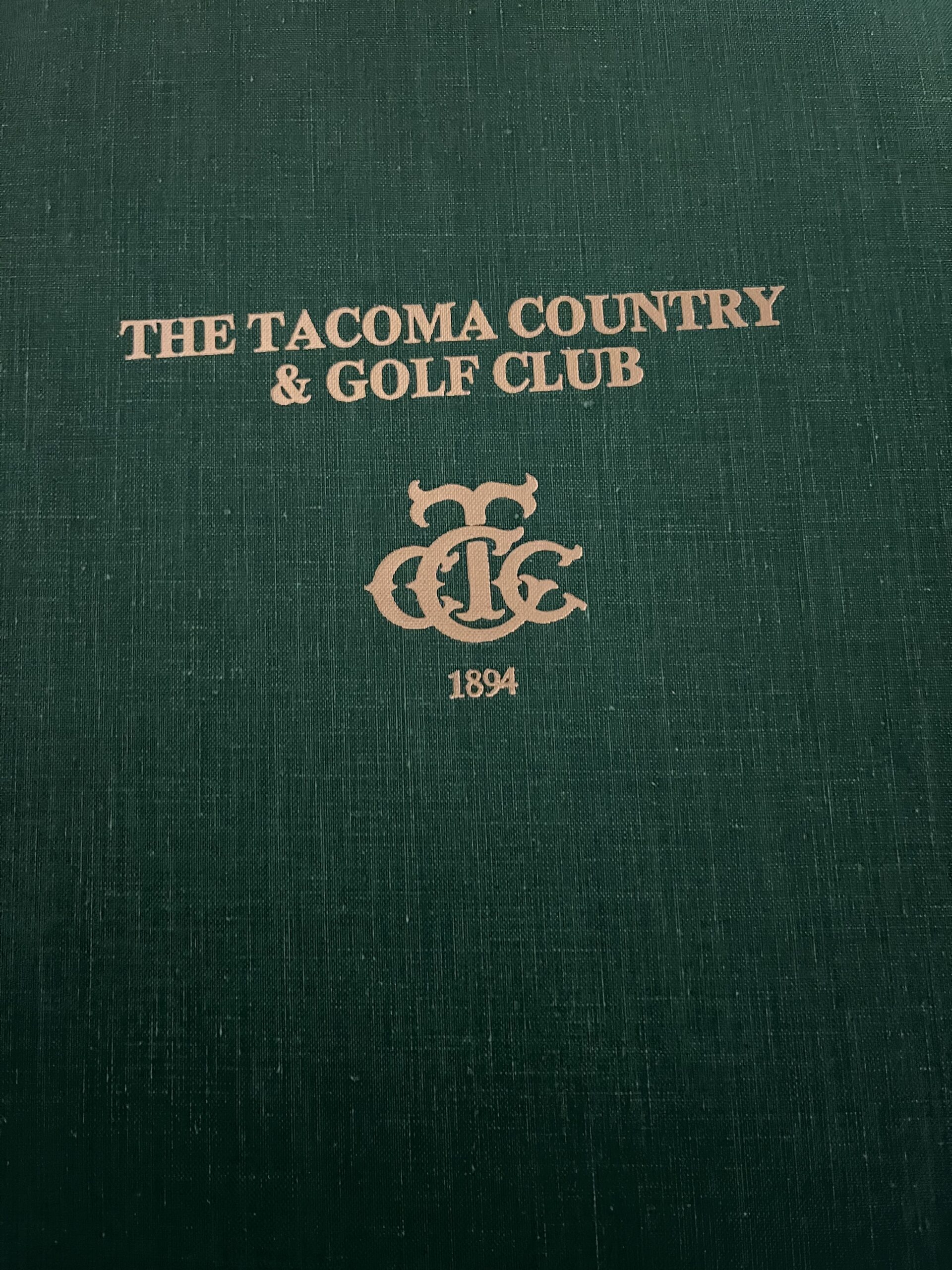
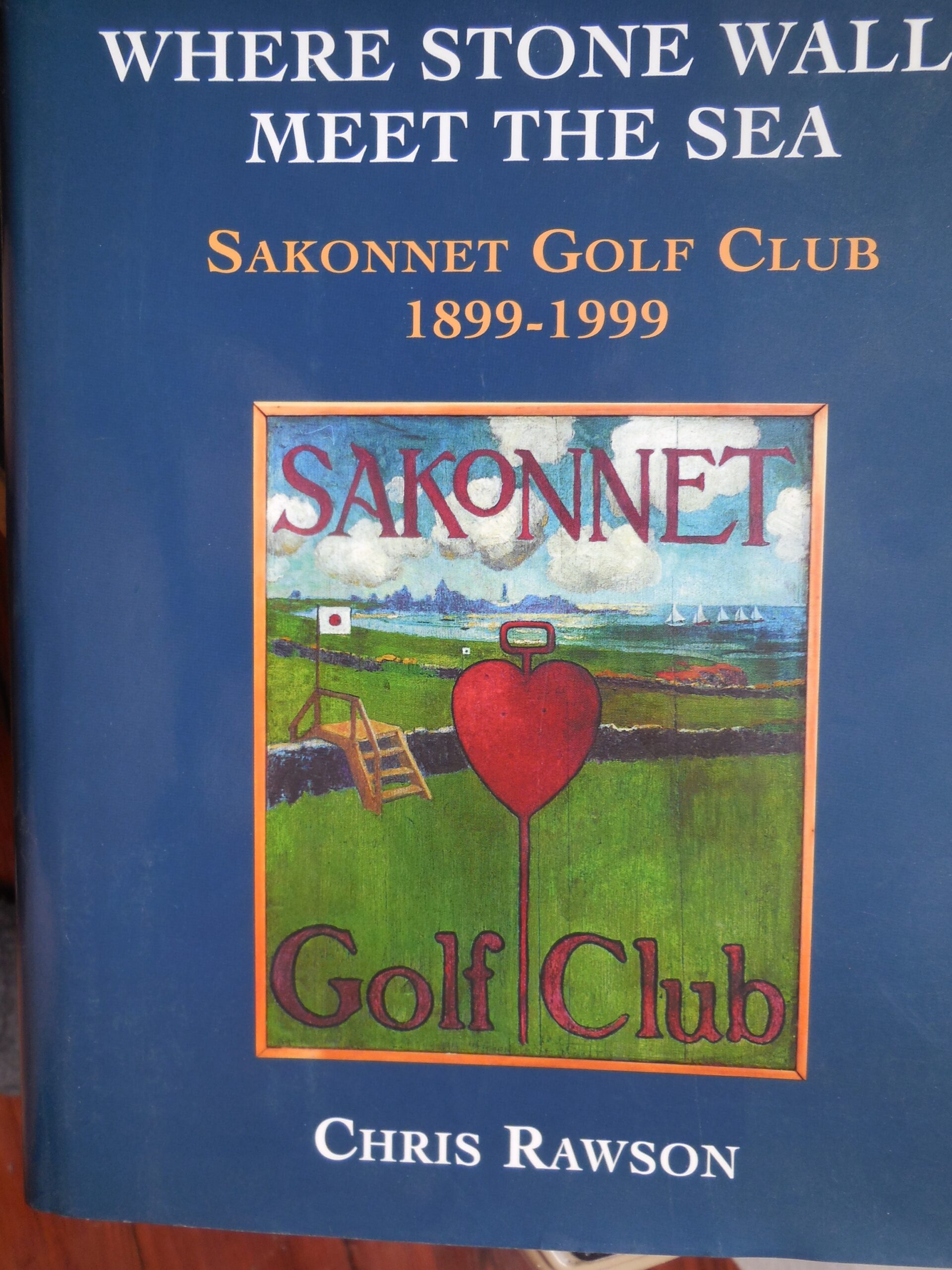
Turns out that Mel – much to his wife Louella’s relief – is slowly divesting his 4,500 golf books. But remaining in his trove are 108 histories of golf clubs in the U.S. and abroad. (List with the books’ publishing dates, pertinent details, condition, prices, and ordering information).
Lucas originally owned over 500 club histories. However, he’s been working with Michigan State University’s wonderfully comprehensive Turfgrass Information Center. In addition to other golf titles owned by Lucas, TGIF (https://tic.lib.msu.edu/) has acquired over 300 of his books that document golf clubs worldwide.
Lucas, a member of the USGA’s History and Library Committee for over 35 years, was also tasked with appraising the book collections donated to MSU by the “Pope of Turfgrass,” the late Dr. James B. Beard (27 pallets!), and famed agronomist Dr. Fred Grau (former head of the USGA’s Green Section and executive director of Pennsylvania’s Turfgrass Association).
Here’s what Lucas said about the importance of these often rare golf club records.
“I started collecting in 1960, building a large collection found in the many American cities I visited, as well as the UK, Germany, and Austria. Club histories are usually not just about the club, but of the times of its birth and local activities. Early courses founded prior to 1900 have a plethora of information about the people who created them. Many of these individuals were the land barons and tycoons that built America.
“Construction of the courses was often done by immigrants using horse-drawn equipment. [After the courses opened] these people continued to work at the club as greenkeepers, bringing along their families and creating small communities, helping serve members who found living near a private club apart from the cities much to their liking. Some of these courses spared no expense to build grand clubhouses that required many different tradespeople to outfit the staff.
“The writings of many of these clubs, especially in the UK, describe how the members survived – and ended up flourishing – during and after World War I, the Stock Market Crash, World War II and 9/11.
“Much of the ‘History of Greenkeeping’ came from my collection of 500-plus club histories, as well as others I researched at USGA’s Golf House in New Jersey.”
Indeed, my forays so far into Seattle-area private clubs have revealed similar narrative strains. Because they cover a century of existence and the city’s early development, important club figures have ranged from early-day Pacific Northwest timber and fishing magnates to leaders at Boeing, Microsoft, Amazon, Starbucks, the University of Washington, Redfin, Zillow, Nordstrom, RealNetworks, REI, Alaska Airlines, T-Mobile, Costco, PACCAR, and Expedia.
Each club provides a recreational outlet as well as a comfortable place to enjoy food and drink, friends, and a community of people with shared interests. The key word here is “people,” who, regardless of financial wherewithal, form the strong social fabric so vital to carry a private golf club through good times and bad.
I’m looking forward to seeing how these new books turn out. And – despite Louella’s protestations – will be sure Melvin Lucas is mailed a copy of each one.
Jeff Shelley has written and published nine books as well as numerous articles for print and online media over his lengthy career. Among his titles are three editions of the book, “Golf Courses of the Pacific Northwest.” The Seattle resident was the editorial director of Cybergolf.com from 2000-15. He also co-founded the Northwest Golf Media Association in 1995. For seven years he served as the board president of First Green, an educational outreach program that is now part of the Golf Course Superintendents of America and Environmental Institute for Golf.

